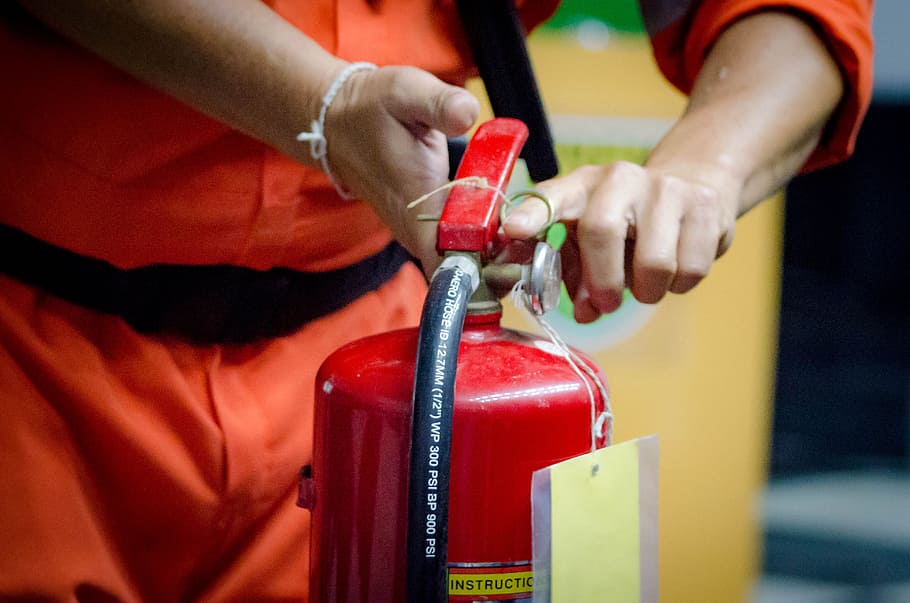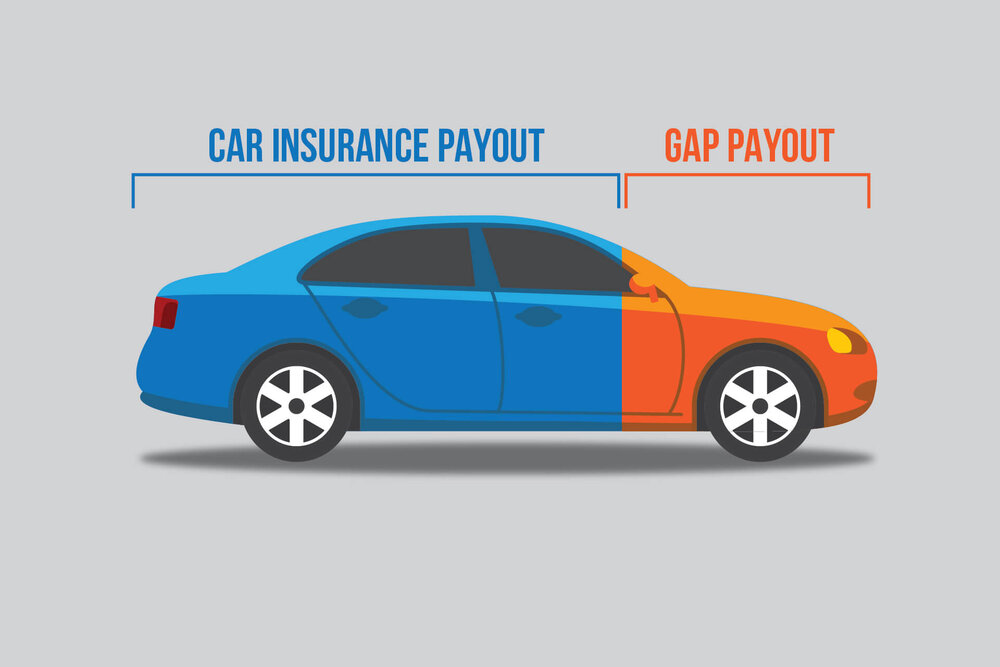A fire risk assessment is an organised, methodical look at your premises and the activities carried out on them. It should identify potential fire hazards and determine what physical fire precautions and management arrangements are necessary to ensure the safety of people in and around the building.
It is important to have a record of the assessment, especially if it shows that there are significant findings and actions you need to take.
Identifying potential fire hazards
Fires are a common workplace problem that can be prevented by taking the proper measures. The first step is to identify potential fire hazards. Fire Risk Assessment London can be done by walking around the premises and looking for anything that might cause a fire. It can include things like faulty electrical sockets, overloaded wiring, and equipment that might burn too quickly.
It also includes chemicals and flammable materials. Flammable liquids and gases can be a problem in chemical plants, so it is important to make sure these are stored and handled properly.
Physical hazards can also be fire hazards, including cluttered work areas and blocked escape routes. Smoking and poor housekeeping can also be a big problem, so it is important to make sure these don’t occur in your business.
Identifying people at risk
A fire risk assessment is an important way to identify potential hazards and take action to prevent them from causing harm. It can also help your business build a better reputation and attract new clients.
The first step in the process is to identify any sources of ignition, fuel and oxygen that may cause a fire. This could include naked flames or heaters, flammable materials, smoke detectors and other devices that sense the presence of fire.
Next, you need to consider the people who might be at risk from a fire. This includes employees, contractors and members of the public.
You should also consider those who are particularly vulnerable, including young children and the elderly. They may have mobility problems, or have special needs. It’s essential that you provide escape routes and an escorted means of exit in the event of a fire. You can get advice from your local fire and rescue service on this.
Identifying escape routes
If your freeholder, managing agent or management company is responsible for carrying out a fire risk assessment you should ask them to send you a copy. There is nothing in law that says they have to do this, but it is best practice.
Getting the right number and location of escape routes is essential for ensuring people can escape safely in the event of a fire. These routes should be well-marked and easy to find, and can include things such as emergency exit signs.
It’s also important to ensure that the size of each escape route is appropriate. This is based on the number of people in the building and how it’s laid out inside.
The escape routes must be wide enough to allow people to move quickly away from the fire, and there should be a safe distance from the fire as well. Each escape route should also lead to a street, walkway, refuge area or open space with access to the outside.
Identifying fire safety measures
When it comes to identifying fire safety measures, it is important that you look around the building in a systematic manner. This will help you determine whether or not the existing precautions are adequate and if there is room for improvement.
In addition, you need to consider people who may be at risk if a fire does occur. These people include night staff, people who work in isolated areas and those with disabilities.
During this step, you should carefully look through the building, making a note of everything that could be a hazard. This includes all sources of ignition, fuel and oxygen.
You should try and classify each area as low, normal or high risk, based on the presence of fire hazards. This will help you to reduce the likelihood of a fire occurring and also ensure that everyone in your premises is able to escape safely, without the assistance of the fire service.
What is IMO fire fighting code?
Fire incidents on ships can be catastrophic, leading to loss of life and property. Therefore, the International Maritime Organization (IMO) established fire safety regulations for all marine vessels. The IMO fire fighting code provides guidelines for preventing and controlling Fire strategy plans on board ships.
The IMO’s primary objective is to ensure that all ships are equipped with adequate firefighting equipment and trained personnel. The code outlines recommendations for various aspects of firefighting, including training, inspection, maintenance, and record-keeping. Additionally, it mandates the use of fire-resistant materials in ship construction to prevent fires from igniting or spreading.
In conclusion, the IMO fire fighting code serves as a comprehensive standard for maritime safety by providing a framework for preventing ship fires and responding effectively when they occur.









